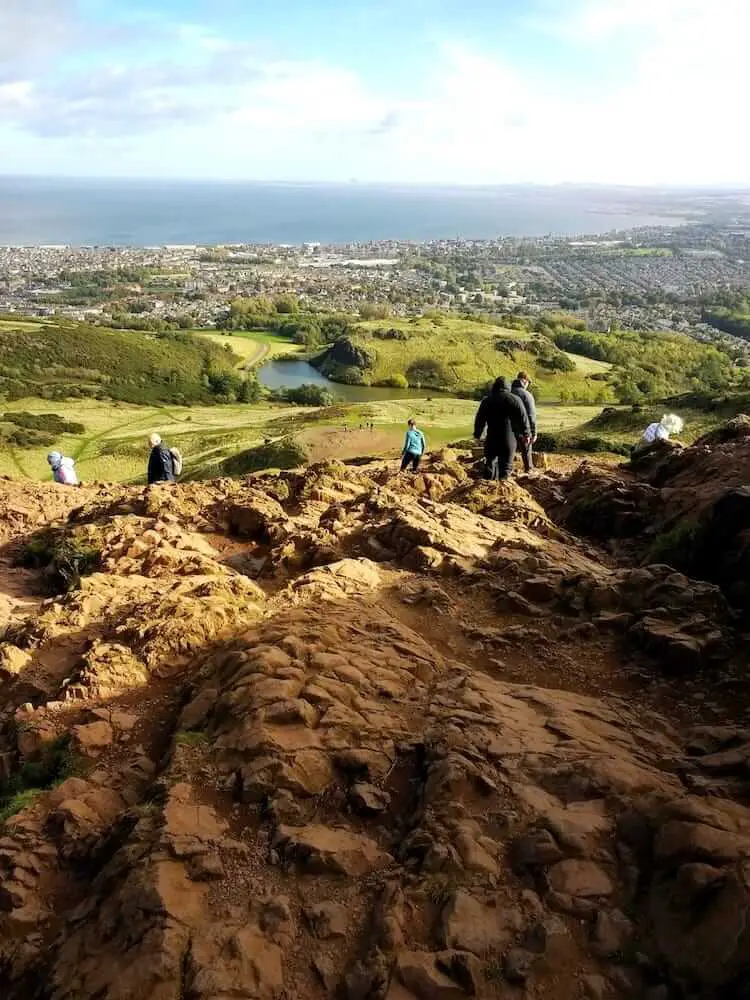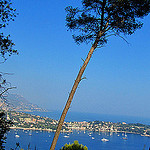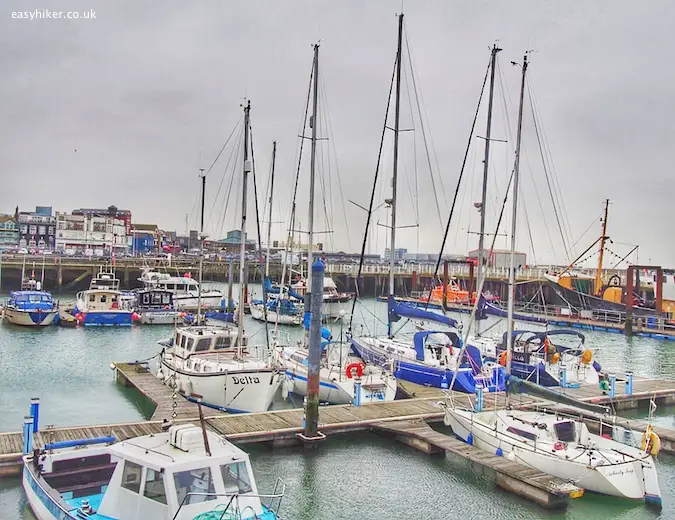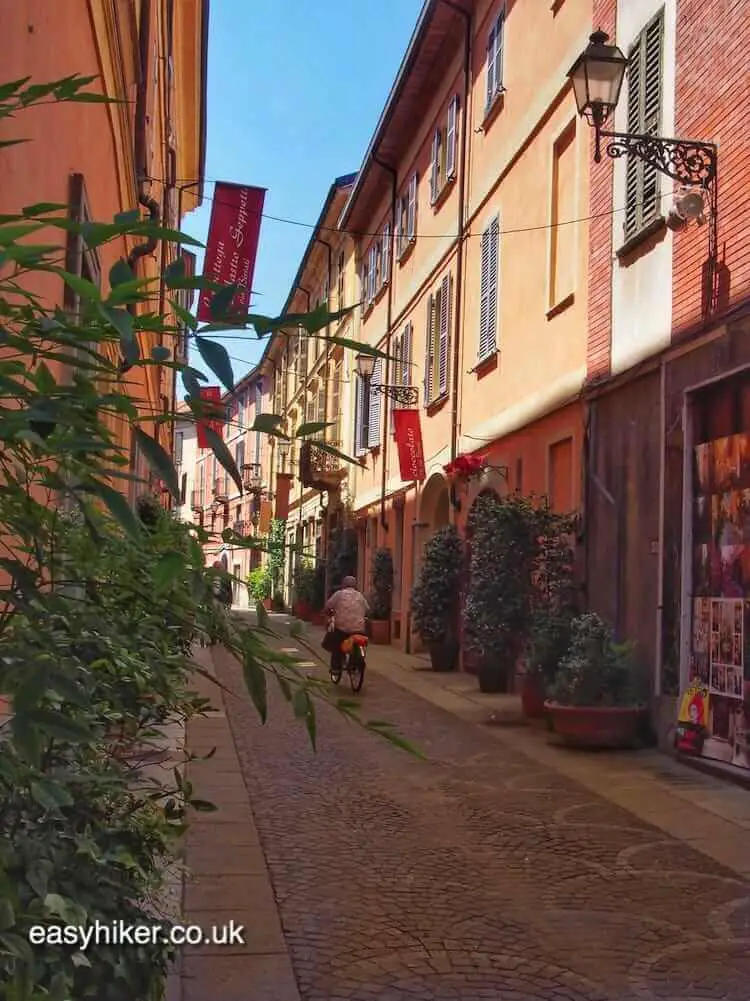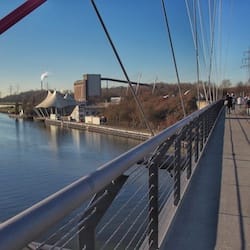Some city destinations provide barely enough distraction for a single morning – you walk around, have lunch and find yourself walking down the same streets again in the afternoon.
But there are those that only whet your appetite, making you want to come back for more, again and again. There is always something you have not been able to see the last time you were there: an ancient garden, a picturesque river walk, a quarter with a unique back story.
It is of destinations like these of which it might have been said that “repeated visits cannot wither them, nor custom stale their infinite variety”. One almost suspects that Shakespeare may have been a regular visitor.

We have been several times to Lyon over the years (it is a convenient and sometimes inevitable stopover on the route from Northern Europe to Southern France), and each time we leave, we are vowing to come back.
The Lyon Trinity – Traboules, Trompe l’Oeil and Trails for Urban Hiking
Lyon has many faces and features, but on top of the stuff that all you can find in all old cities (ancient churches, stately homes, historical sites), it can boast a trinity of unique selling points that make it such an attractive tourist destination: city walls with monumental trompe-l’oeil murals …,

… the mysterious traboules passages that connect buildings and sometimes entire blocks, underground as well as overground …,

… and long urban hiking routes that wind up and down as well as between the various hills of the city, high above the two rivers that are engulfing the town centre.

Today’s walk manages to combine a little of all three into a single 2-hour package.
To enjoy the Lyon Trinity, we start on the corner of Boulevard des Canuts and Rue Denfert-Rochereau (a brief walk from either the Cuire or the Croix-Rousse metro stations) for the unique Mur des Canuts, …

… the largest wall painting in Europe, created in 1986 by an artists’ cooperative for a PR company.
Originally, the client had only wanted to highlight five of its advertising hoardings on an exceedingly ugly, bare wall near a busy intersection.
Rather than adorning the wall with a few attention-grabbing signs and signals, however, the artists’ cooperative decided to embed the hoardings into the artistic recreation of a complete urban environment with buildings, courtyards, shops and stairs, all of which reflected the quarter’s typical feel and architecture.
In the 35 years since then, the painting has become a much-loved and much-visited feature of Lyon’s townscape.
It has been rejuvenated twice, updating street fashions, car models and scenes of urban life – to the point where its original purpose has become a mere historical footnote. (The original hoardings no longer feature in the latest version.)

“Canuts” is what the people of Lyon used to call the local silk weavers, and the Croix-Rousse district in the northwestern corner of the urban peninsula – the strip on the left bank of the River Saone – is the ancient home of Lyon’s silk industry.
References to this past can be found in the Canut wall painting (there is a shop called Les Routes de la Soie), but are far more obvious in a different mural a few blocks to the south on Rue Carquillat.
This work, applied in the 1960s, uses the “Silk Route” as its central topic …
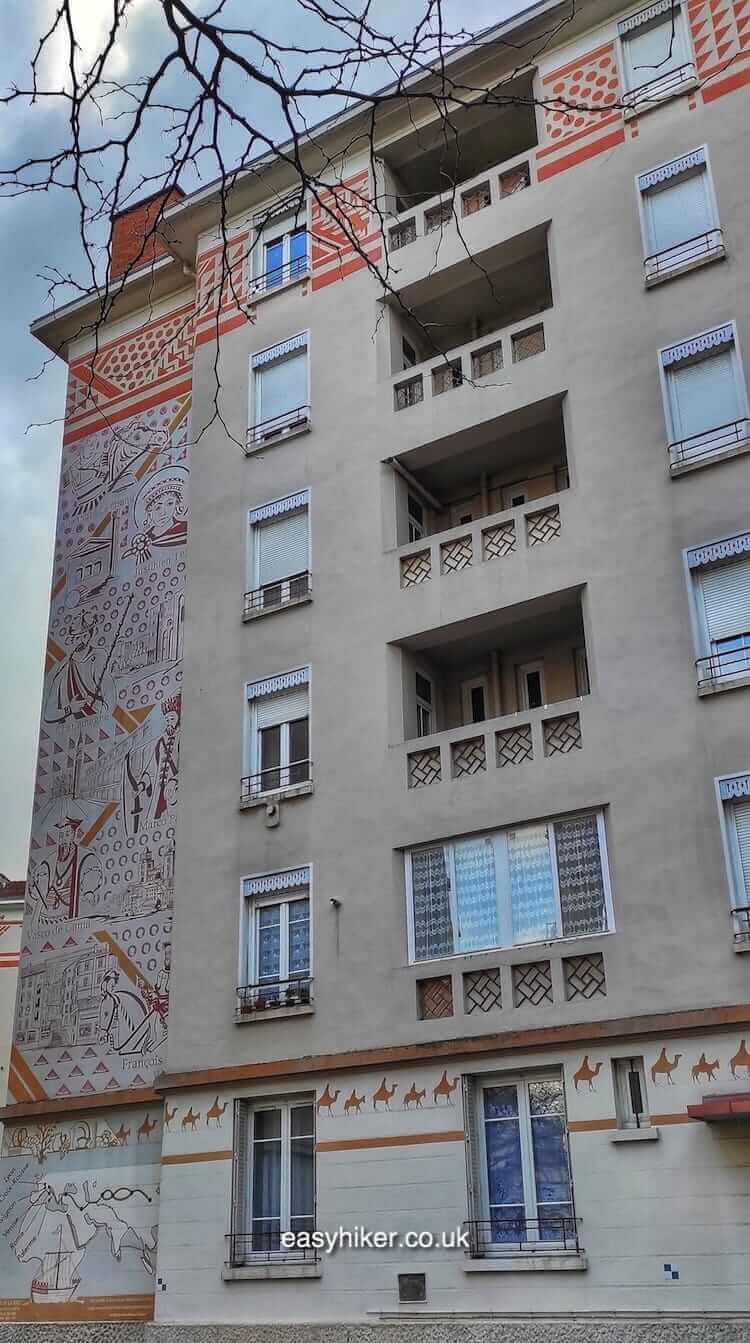
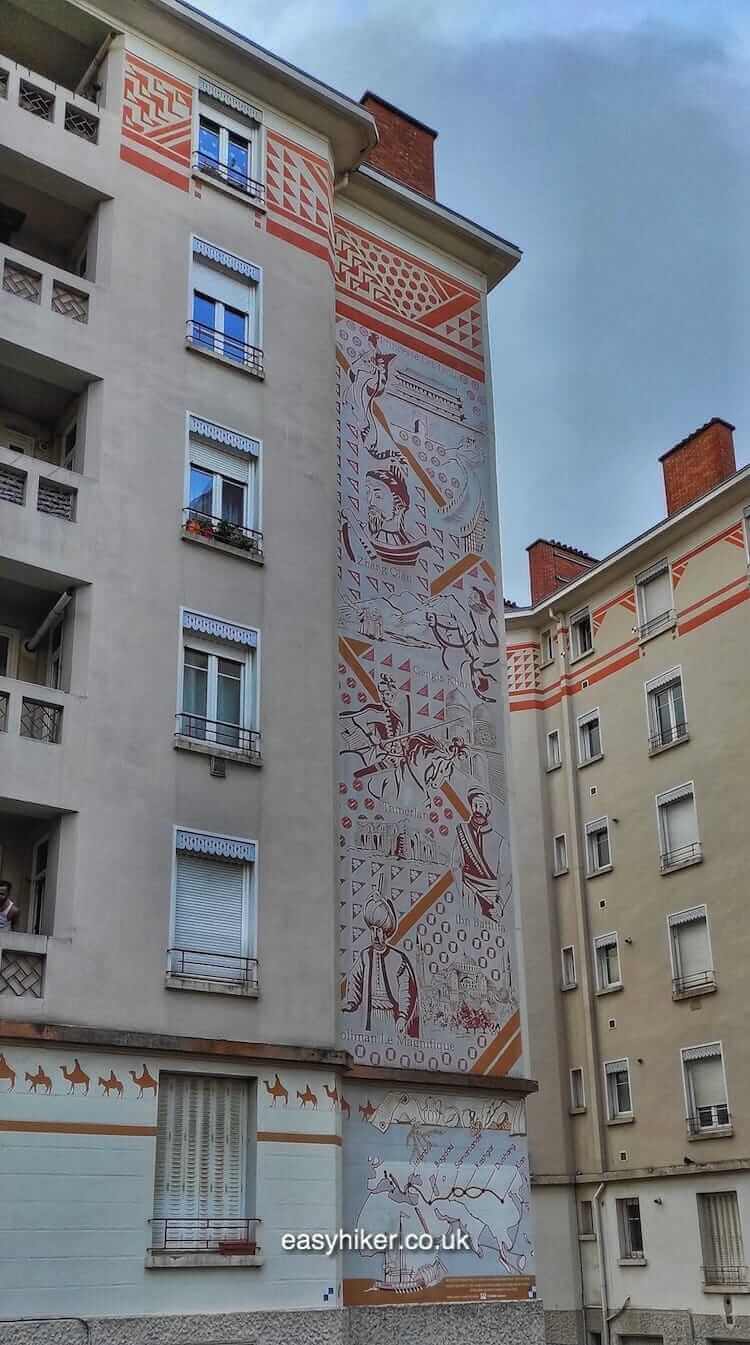
… tracing back the history of the ancient trade route through geographical maps and portraits of historical figures from Byzantine emperors to Genghis Khan who had an impact on the silk trade.
European customers are depicted on one side of the building, Asian producers on the other, and there is a caravan of camels to connect the two.
We continue uphill via Rue du Chartreux and Rue du bon Pasteur, keeping an eye open for a little urban rough on the left …

… and views across town on the right hand side.

Cross the pretty Jardin des Esplanades on your way to Place Colbert for the city’s most famous traboule, the Cour des Voraces.
The building’s most conspicuous feature, its dramatic outer staircase, may look “futuristic” (code for “what people in the early modern period expected the 21st century to look like”) but the building was in fact constructed in 1840.

You can follow the history of the traboules all the way back to antiquity (when times people used passages to carry water from the river up to their lodgings in the hills).
The modern specimens are linked to the local silk industry and served as short cuts for weavers who were carrying goods from their workshops to near-by sales outlets, preferably under the cover of roofs and overhanging stairways so they would not get wet.
If you enter the Cours des Voraces from the Montée St Sebastien, you can follow the passage all the way to the exit on 29 rue Imbert Colomès, around the corner and a good 100 metres into the street. That’s the magic of the traboules for you!
Follow the Montée Saint Sebastien downhill for a slow descent back into the town centre …,

… eventually turning right into Rue des Capucins.
Just before reaching the Saone, on Quai St Vincent, you will run into another local landmark, the Fresque des Lyonnais, the follow-up of the CitéCréation studio to the Mur des Canuts.
Across two sides of the building and all of its six floors, you can find portraits of in people who had an impact on the 2000-year-long history of the city, from St Irenaeus, the first bishop of Lyon, to Paul Bocuse.

This is the end of the walk for the Lyon Trinity. All you need to do now, if you plan return to your base by public transport, is to walk – away from the river down Rue de la Martinière – to the nearest metro station just by the Hotel de Ville …

… from where you can also start your exploration of the city centre.
Alternatively, you can leave that for another day – or the next time you are visiting Lyon. Remember: when it comes to visits of France’s second city, there is always room for more.

